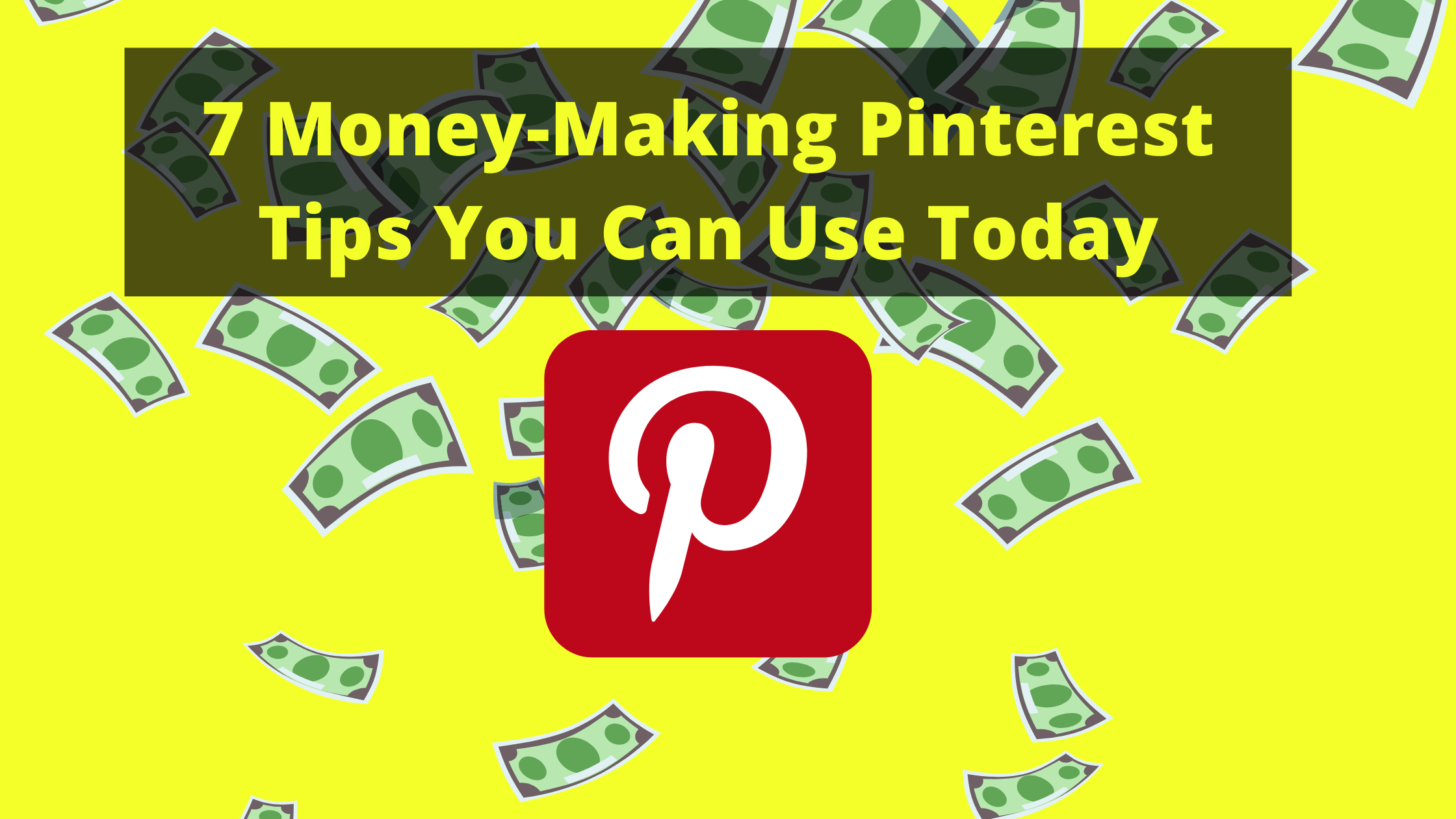
In this day and age, there is an infinite number of companies looking to provide goods and services to new customers. This makes it increasingly difficult to stand out among your competitors.
However, this shouldn’t deter new entrepreneurs from following their dreams. The first mistake many of them make is in picking the wrong niche to start with. Make sure your niche is something that will help you stand out from your competitors.
Don’t let your passions get buried under the weight of a day-to-day routine! Take the time to find your niche to experience an increase in happiness and the ability to focus.
If you’re struggling to find a niche, start with these five tips to find the right one:
1. Pick a niche that is profitable and has the potential to grow. Think about what you enjoy doing and what will be fun for you. Make a game plan—set goals. Keep your eye on the prize!
2. Consider the targeted audience – are they the right fit for your product? Many people don’t realize the subtle difference between the terms “target audience” and “customer persona. “In my mind, customer personas are who you make your product for, while target audiences are who you’re actually trying to attract. If your company is currently working on a product, try to figure out who they should be targeting. This is easier said than done.
3. Pick a niche that is relevant to your skillset. If you’re in the construction industry, you can start a blog for “green homes” or “earth-friendly architecture.” If you are a doctor, write a blog about your experiences dealing with various types of patients.
4. Pick a niche that will be easy to rank on the first page of Google. Here are a few tips for finding the right niche: Get a list of all related keywords that Google suggests when you start typing in your search phrase. Make sure to include the suggested and popular keyword phrases. Look for low competition, high demand keywords. Consider targeting more than one keyword to cover different variations and long-tail phrases. Once you have found a profitable niche, it is time to pick a product.
5. Don’t pick a niche that you don’t know much about. Don’t pick a niche that’s too competitive. And don’t pick a niche that you’ve never heard of before. I would also advise you to avoid any popular niches if you’re an inexperienced SEO. Why? Because there are tons of so-called “experts” in those niches, so the competition is fierce. They’ll find every trick in the book to outrank you and kill your site’s ROI.
We can broadly categorize the niches into three main categories.
- Health
- Wealth
- Relationship
To apply the above five tips to find profitable sub-niches inside their three broad categories. Once you pick the right niche, follow the below nine steps to start your journey.
1. Know Your Audience The first step in finding your niche is defining who your audience is and how they want to be communicated with. What types of content are they likely to find useful? How can you provide information in a way that they’ll enjoy?
What formats are they most likely to consume? Decide what your audience will like so you can write and publish content in a way that’s both accessible and interesting.
2. Decide What You Want To Offer Your Niche You must know what type of content you’re going to produce in order to market your niche effectively.
Are you planning to write blog posts, videos, or even podcasts? Create an outline of how you plan to use each of your writing channels in your niche.
Are you going to sell your products or offer a service? Define your ideal client profile and the services you’re willing to provide.
3. Figure Out Your Unique Selling Point is all about using your content to create an advantage in your niche.
Your USP is the thing that attracts your target market and establishes you as an authority in your market space.
4. Align Your Content Strategy with Your Unique Selling Point Create content that addresses an unmet need or solves a problem for your target audience.
Your unique selling point becomes the hook that keeps them reading and clicking on your posts.
5. Get the Right People to Your Content Strategy Affiliate marketing is a great way to get traffic to your blog, but what about people who are already engaged in your niche?
Social media, forums, communities, and LinkedIn groups offer great opportunities to share your content with the right people, and it is much easier to get them to pay attention to you when they have an interest in what you have to say.
6. Find Your Content Jingle Point You can write as many blog posts as you want, but if they are all competing for your readers’ attention, your blog will only end up as another piece of Internet clutter.
All of your blog posts must be able to add value to your audience, but you can’t become so immersed in the details that you lose sight of your purpose.
You need to know what your readers’ needs are so that you can deliver the best content possible.
7. Make Your Blog Stand Out Blogging has become an almost formulaic exercise for many publishers these days, and although it might have served a purpose at one time when everyone was trying to get their site up in front of the search engines, it’s simply not enough anymore.
You need to give your blog some personality, some unique quality that differentiates it from other blogs.
Simply writing a blog post is not enough to make your blog stand out.
8. Spend Time Tweeting If your blog has an audience, then you need to interact with that audience.
Social media are an opportunity for you to speak directly to your readers and for them to interact with you as well.
In fact, you can actually build relationships with your readers through social media.
Social media is becoming so important that social media sites are becoming central to how people use the Internet, so make sure you have a presence on all of them.
9. Update Frequently You cannot be in the blogging business if you don’t post content regularly.
Blogging isn’t an opportunity to pontificate but rather an opportunity to teach others what you know. That’s why the most important thing is to have a daily blog schedule.


